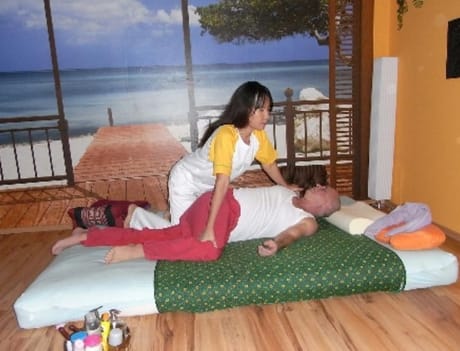Desire
The first phase is having an interest in sexual activity, also called the libido. This phase is often considered to be the psychological aspect of sex (“Am I interested?”).
Excitement or arousal
The second phase is when the body starts to prepare for intercourse. For men, erections typically occur. For women, the vagina begins to lubricate and the uterus begins to lift to make more space in the vagina to prepare for penetration. For women and men, the nipples harden, breath quickens, the skin becomes flush, and blood flows to the genitals. This phase can last anywhere from a few minutes to several hours. Excitement or arousal is considered to be the combination of mind and body (“Am I feeling emotionally and/or physically excited?”).
Plateau
The third phase is a consistent state of arousal. During this phase, the physical changes that occurred in the body during the excitement or arousal phase become more intense and noticeable.
Orgasm
The fourth phase is when the body experiences climax through involuntary muscle contractions. Most men will ejaculate semen out of their urethra during this time. Some women may experience multiple orgasms at this time. However, not everyone will experience orgasm every time they engage in sexual activities, which is quite common.
Resolution
The fifth and final phase is when the body returns to its normal, unexcited state. Blood flows away from the genitals. Men will experience what’s called a refractory period, which is a required resting period before an erection can occur again. Most women don’t require a resting period before they can experience physical arousal again.
How a person experiences sexual response is unique to them. It’s normal for people to spend more time in one phase than another, experience the phases in different sequences, and/or not to experience all of the phases during a sexual experience. For example, many people may need to be physically aroused before having the desire for sex. Additionally, not everyone will experience an orgasm every time they engage in sexual activity. Going through each of the phases during a sexual experience are not necessary to have a pleasurable sexual experience. Many people have very satisfying experiences without having an orgasm.



